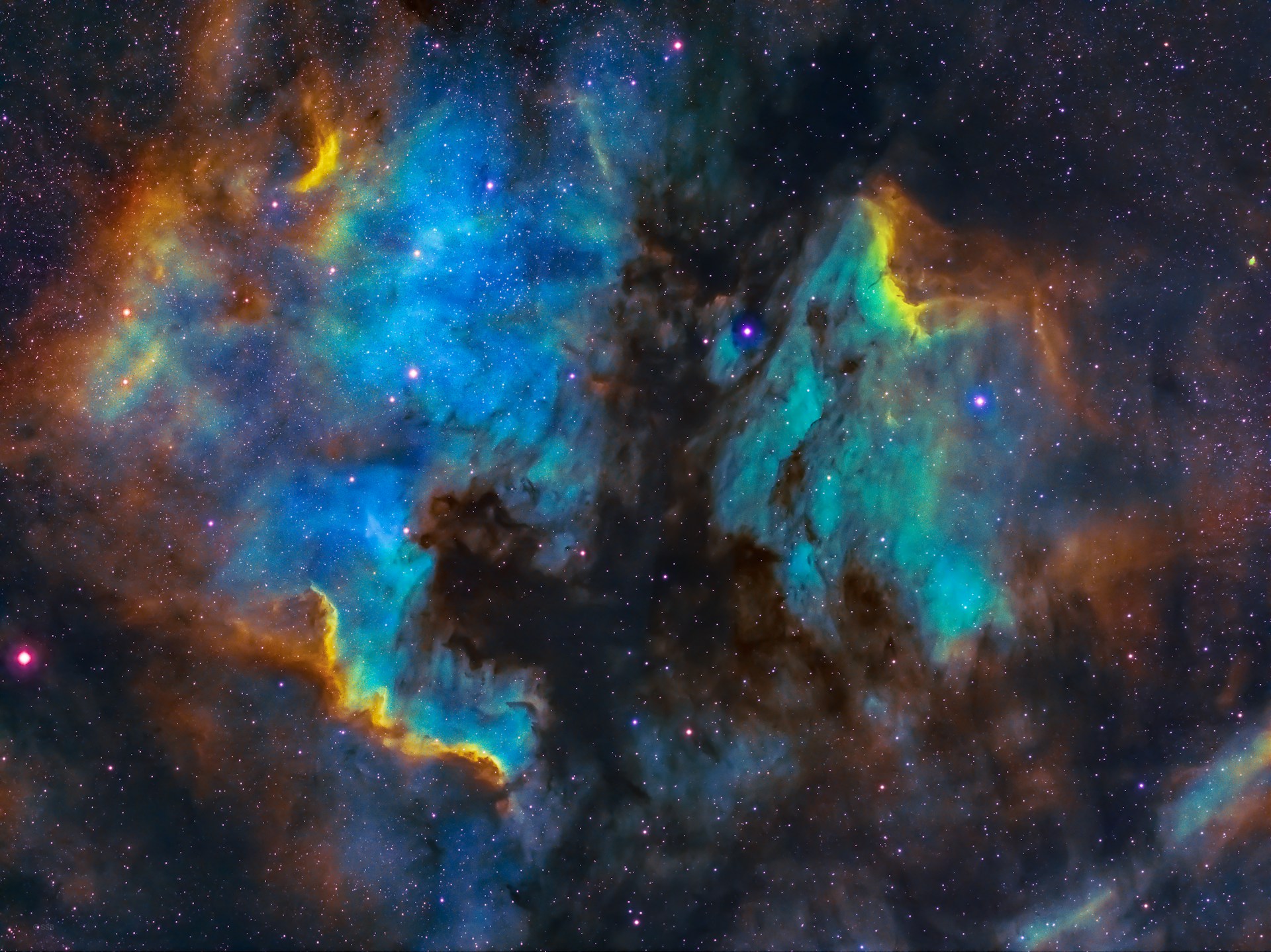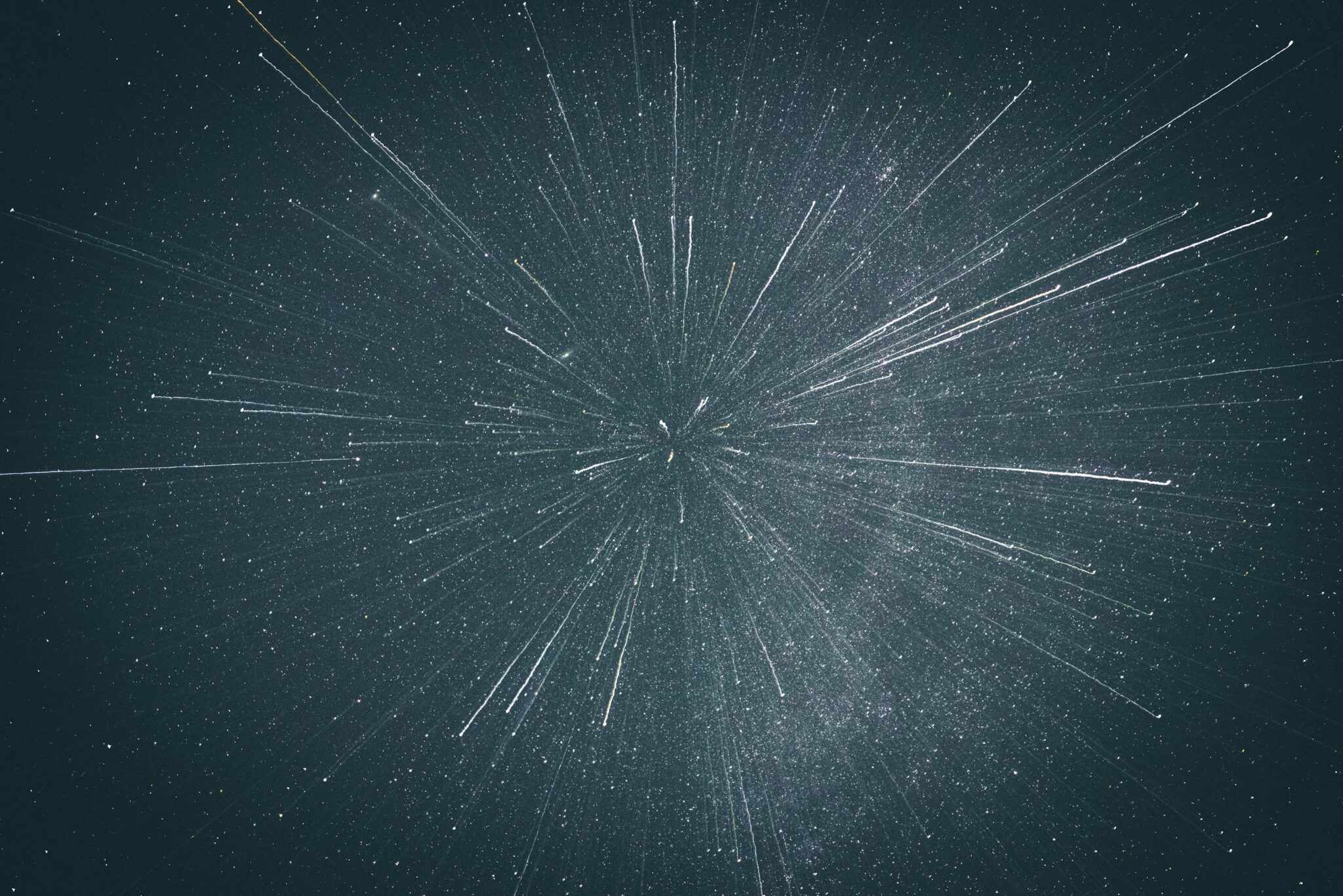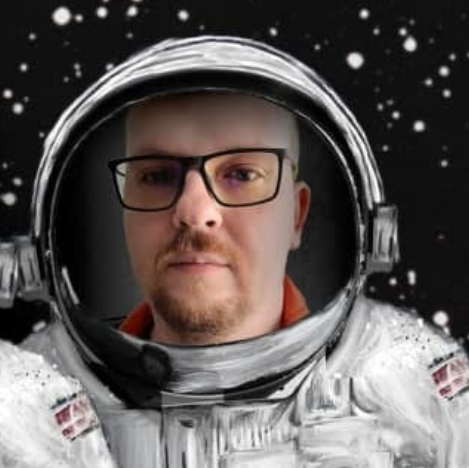The Universe is vast. But where is its center? If the Big Bang gave rise to the Universe, where did everything come from, and where is it going? If you’re wondering the same thing, you’re not the first to try to peek behind the screen of mystery.

In the 1920s, astronomer Edwin Hubble made two important discoveries. He discovered that galaxies were far away from us and moving away from us, and doing so at an accelerating rate. Fortunately, there was already a theoretical explanation for this. Einstein’s general theory of relativity assumed that the universe was dynamic – it is expanding or contracting. This contradicted the view that the cosmos was static. Several scientists, believing in Einstein’s equation, developed what is known as the Friedmann-Lemaitre-Robertson-Walker metric, the basis of modern cosmology. This solution, together with Hubble’s observations, showed that the universe was expanding. All galaxies are moving away from each other, and once all matter was compressed into a point, a singularity known as the Big Bang.
Consequently, the place where the Big Bang occurred is where the center of the universe should be – that’s probably what a lot of people have mistakenly thought. However, modern science has discovered that the universe has no center and no edge. The universe is not expanding from any particular point or moving in any particular direction.
Edge and border
Let’s look at the concept of the edge. By definition, the universe is everything that exists. Edge is what separates one region from another. But if the Universe consists of all regions, it cannot have an edge. This means that the Universe can be infinitely large, and it is impossible to point to the center of infinite space. If the universe is infinite, then on very large scales – much larger than what we can observe – the cosmos curves back on itself. It also means that it has no center.

For an analogy, look at the Earth. You can point to the center of the planet – its core. But try pointing to the center of the Earth’s surface. It can be any point, since the Earth’s surface has no center.
The Big Bang happened everywhere in the universe at the same time. It happened in the room where you are sitting and in the most distant galaxy. The Big Bang was not a point in space, it was a moment in time.
Each of us is the center of the Universe
But there’s an interesting point here. The universe is about 13.77 billion years old. And because the speed of light is limited, we can only see a fraction of the cosmos. The limit of what we can see is about 45 billion light years away. This is possible because the Universe expands faster than light. Most of the Universe is hidden from us like a flashlight beam in a distant forest – we see only to the limit of light. And from our point of view, all the other galaxies are moving away from us.
It seems as if we’re at the center of the universe. But the same could be said of any galaxy. From their viewpoint, they are at the center of their visible part of the universe, with all other galaxies moving away from them. This is the paradox of the expansion of the universe. It has no center, but every observer can consider him/herself in the center.
Earlier we told you about how 68% of the universe didn’t really exist.
According to space.com


